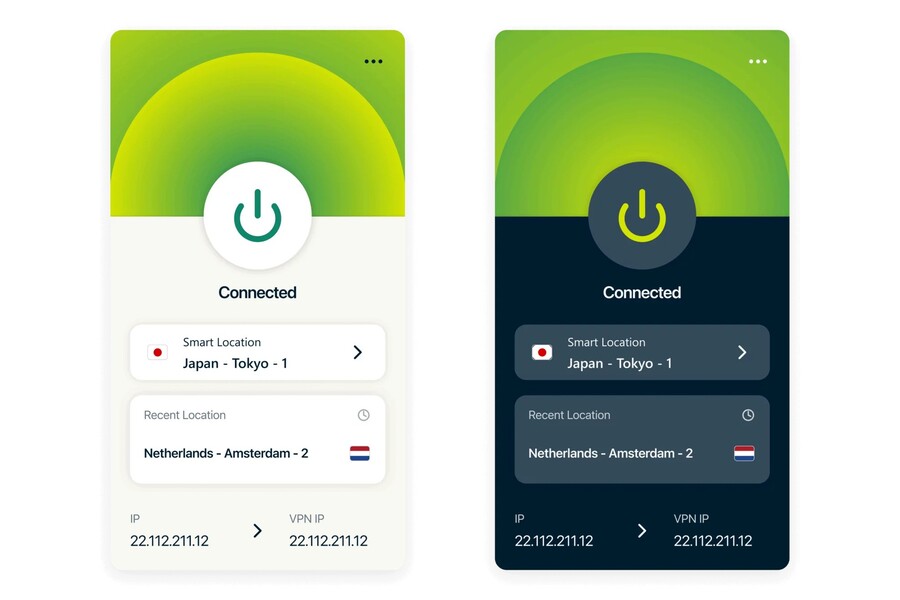ExpressVPN has officially launched a full graphical user interface (GUI) for its Linux app, marking a significant shift in accessibility for Linux users. Until now, ExpressVPN for Linux was exclusively command-line based, a format that catered primarily to advanced users familiar with terminal commands. With this update, Linux users can now enjoy a visual, intuitive VPN experience similar to what is offered on Windows and macOS systems.
The company’s announcement confirmed that the new GUI allows users to easily connect to VPN servers, change server locations, and manage privacy settings—all without using the terminal. This change is aimed at making the VPN more approachable to a wider user base, including those who are less comfortable navigating Linux through command-line operations.
Though the GUI is currently in beta, it is available for immediate download. The app is compatible with several popular Linux distributions, including Ubuntu, Debian, Fedora, Arch Linux, Linux Mint, and Raspberry Pi OS. Only 64-bit systems are supported at this time. ExpressVPN recommends that users uninstall the older version 3 of the app before installing version 4 to avoid potential compatibility issues.
While this update introduces a user-friendly graphical interface, the traditional command-line interface remains fully functional. ExpressVPN has emphasized that users who prefer using the terminal can continue doing so, while still gaining access to many of the new features introduced in the latest version.
Among the newly integrated features are tools aimed at improving both security and convenience. The app now includes split tunneling, allowing users to choose which applications are routed through the VPN and which use a regular internet connection. Auto-connect on system startup has also been added, ensuring VPN protection is activated as soon as the device boots. Users can also switch between light and dark modes to match their system’s theme or visual preferences. The GUI app supports one-click server location switching, making it easier to access global content or secure connections in different regions.
A major highlight of the update is the inclusion of post-quantum protection, a next-generation encryption protocol designed to safeguard data against future threats from quantum computers. This forward-thinking feature aligns ExpressVPN with industry leaders preparing for a post-quantum cybersecurity landscape. In addition, the app supports both the widely trusted OpenVPN protocol and ExpressVPN’s proprietary Lightway protocol, giving users the option to choose between stability, speed, and enhanced security.
This release comes on the heels of ExpressVPN’s recent launch of an Identity Theft Protection service, signaling the company’s continued focus on comprehensive digital privacy solutions. The inclusion of post-quantum encryption also places ExpressVPN in direct competition with other leading VPN providers, including NordVPN, which has recently implemented similar encryption standards.
The company has stated that while the GUI version is still in beta, user feedback will be critical in refining the app for its stable release. ExpressVPN is encouraging users to try the new version and report any issues or suggestions to help shape its final form.
The launch of a full GUI for Linux users is a major milestone for ExpressVPN and the broader Linux community. As more users adopt Linux for its open-source reliability and privacy-friendly design, tools like this help bridge the gap between technical functionality and everyday usability. For those new to Linux or transitioning from other operating systems, the new GUI lowers the barrier to entry, offering a seamless and secure VPN experience without requiring technical expertise.
ExpressVPN’s new Linux app is available for download on its official website, alongside detailed installation instructions. With this release, the company has taken a meaningful step toward making online privacy more accessible and user-friendly for the growing Linux community.

